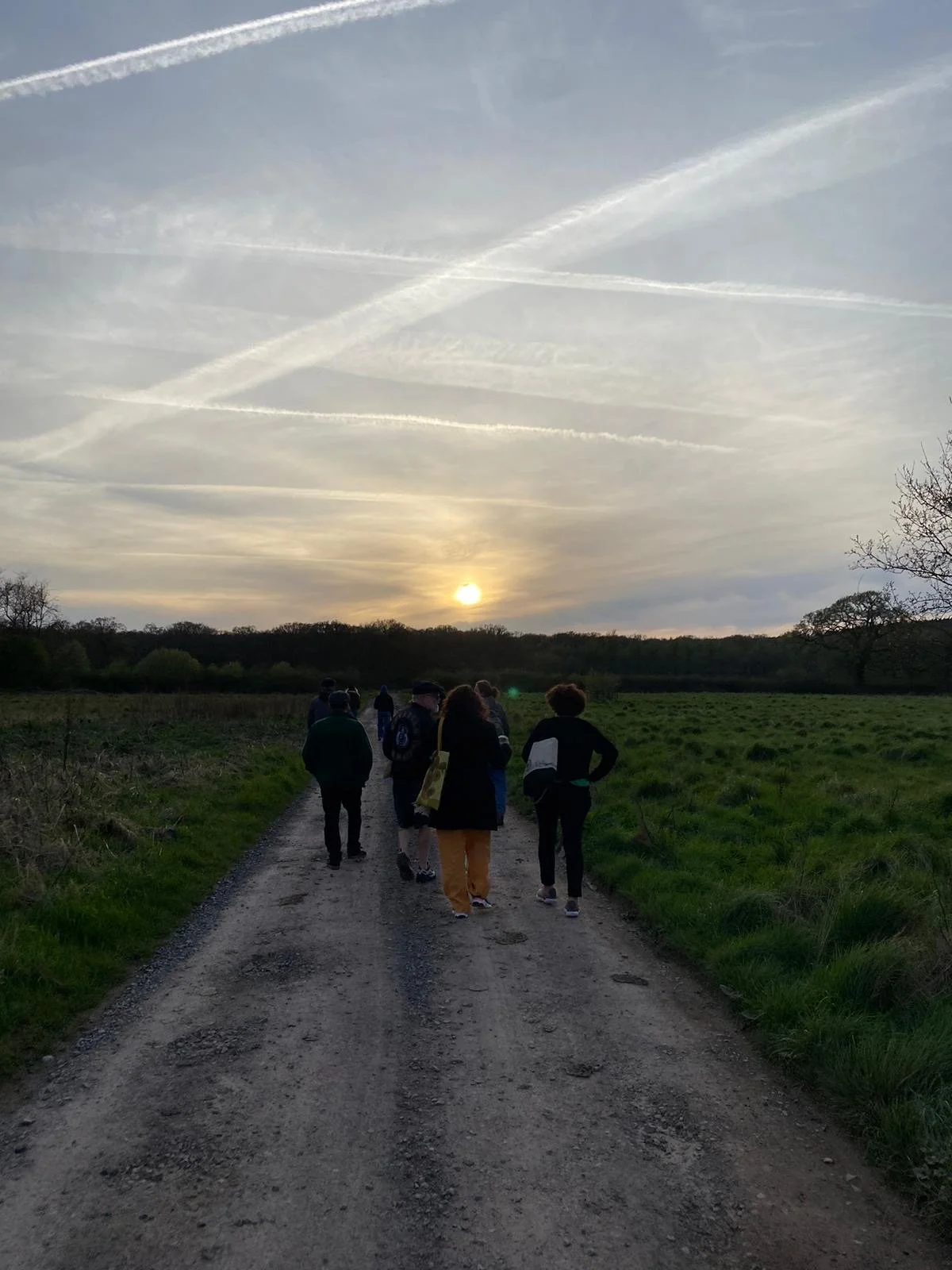A Deep Dive: “Rewilding” and its Relation to Ecological Belonging
One of the easiest ways to measure where your focus is by starting to pay attention to what you are paying attention to. In today’s world, it can feel incredibly difficult to tangibly nourish your connection with the natural world because our attention is pulled in so many conflicting and constant directions. This is especially true for young people whose connection to nature and ‘play’ in the outside world has been distorted by the reality of attention-grabbing devices. While this might not be true for everyone, nor all young people, the idea of being out in the ‘wild’ has evolved to become the exception, not the rule, of how we live and operate in today’s world.
Consider today’s ‘Deep Dive’ your reminder and invitation to pause and consider what it could mean to “rewild” in your life.
What does ‘rewilding’ mean?
According to Re:Wild, “Rewilding, a positive reframing for nature conservation, involves holistic solutions to remove barriers and reestablish vibrant wildlife populations and intact, functional, and resilient ecosystems that effectively integrate people. Rewilding means the mass recovery of ecosystems and the life-supporting function they provide.”
Let’s not forget, that humans play an intricate role in these complex ecosystems. We are just one of the species connected through the land and elements, shared among millions of creatures and global phenomena on this planet. Rewilding is just one of the ways we can turn our attention to this sense of interconnection
What is an example of ‘rewilding’?
In the last few decades, rewilding has become more and more common in the context of ecological and animal conservation. For example, in the 1990s, Yellowstone National Park embarked on a groundbreaking rewilding project by reintroducing gray wolves after a 70-year absence. The return of the wolves transformed the park’s ecosystem: they controlled the overpopulated elk, which allowed willow and aspen trees to flourish. This resurgence of vegetation stabilized riverbanks, reduced erosion, and provided habitats for birds and beavers. In turn, Beavers created ponds supporting a diverse array of wildlife, showcasing how a single species' return can ripple through the ecosystem, restoring balance and biodiversity.
How does this connect to me?
Rewilding, as a concept and practice, has evolved to include a re-orientation of humanity’s relationship with nature. Much like Ecological Belonging, this idea is grounded in the promotion and celebration of the interconnectedness of our world and all of its species.
Re-wilding might seem distant or irrelevant to our daily lives, but it's deeply connected to our well-being and sense of ecological belonging. By restoring natural landscapes and reintroducing native species (and returning ourselves to nature itself), re-wilding creates healthier environments that we can enjoy and benefit from, whether it's cleaner air, more vibrant local wildlife, or spaces for recreation and reflection. This reconnection with nature can foster a sense of belonging and responsibility towards our environment, helping us see ourselves as integral parts of a larger ecosystem.
Want to learn more?
Explore the Resources Below:
See who’s already leading the ‘rewilding’ charge or ideas on how to apply this in your own life.


